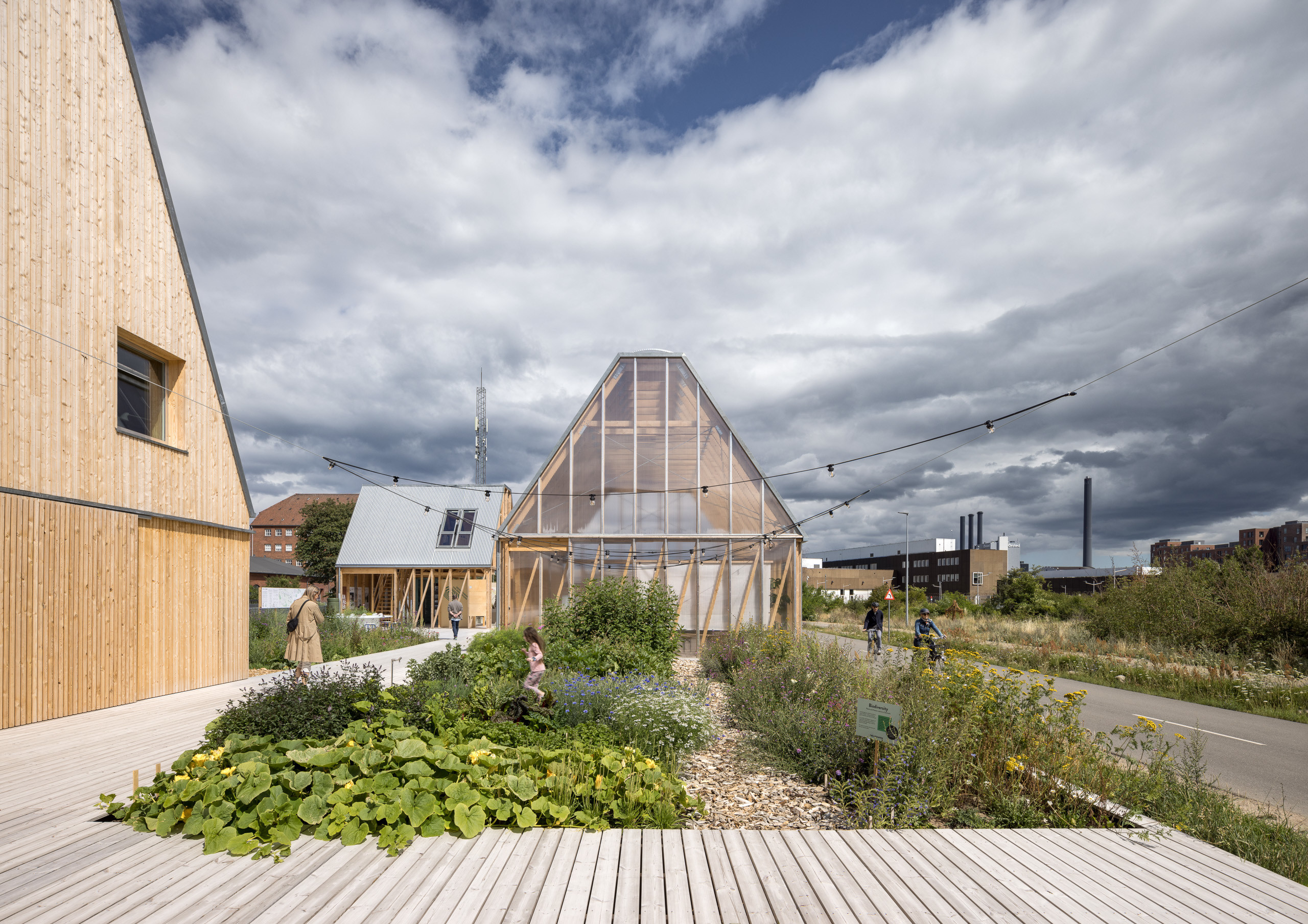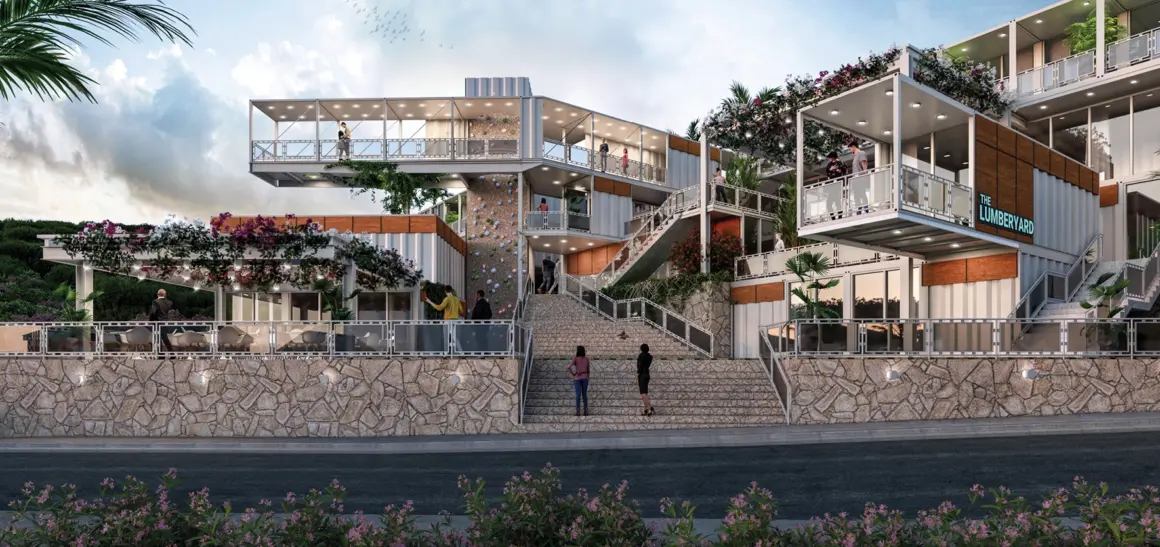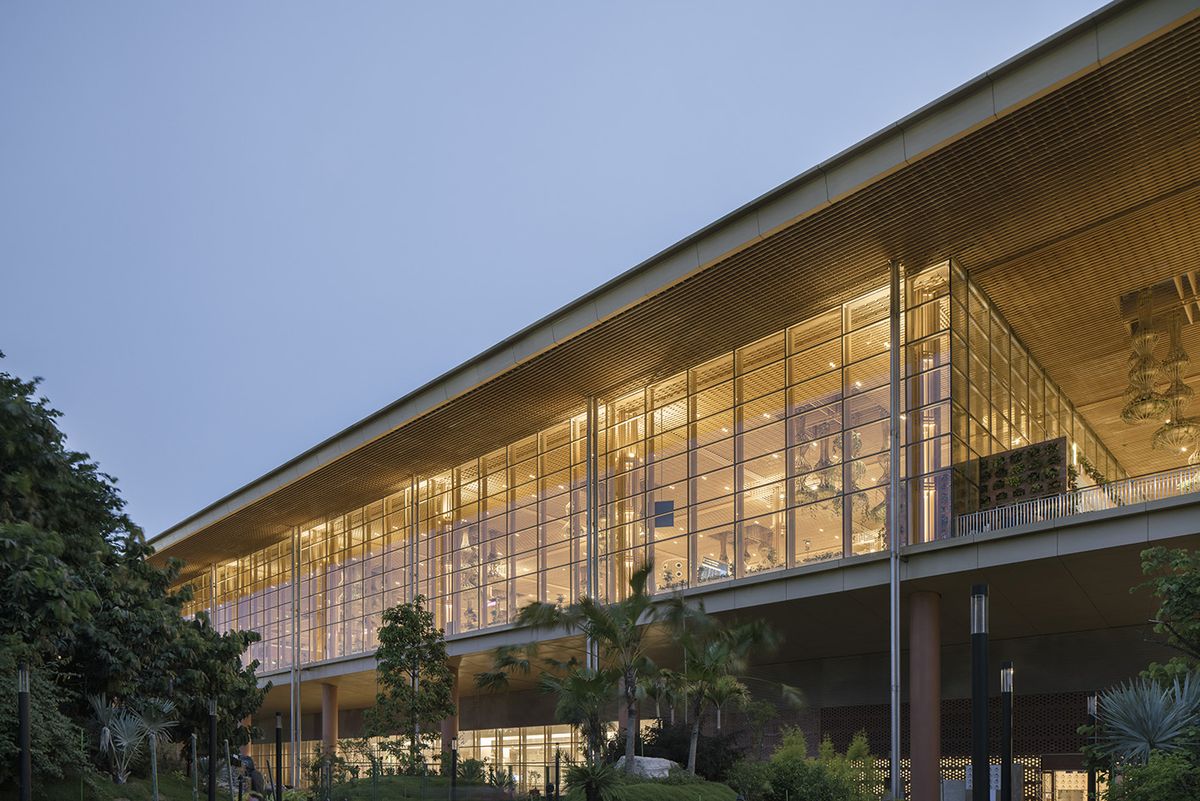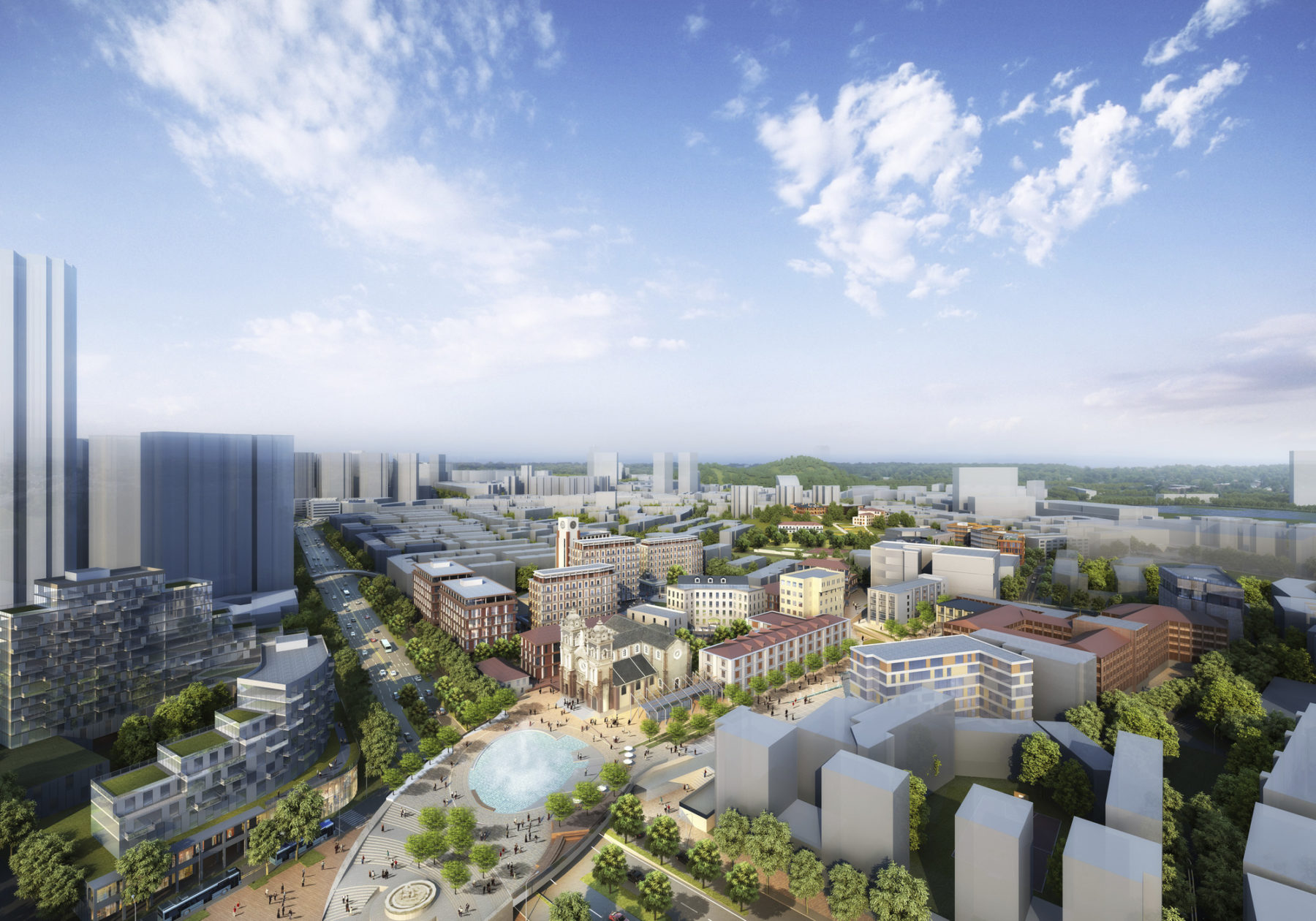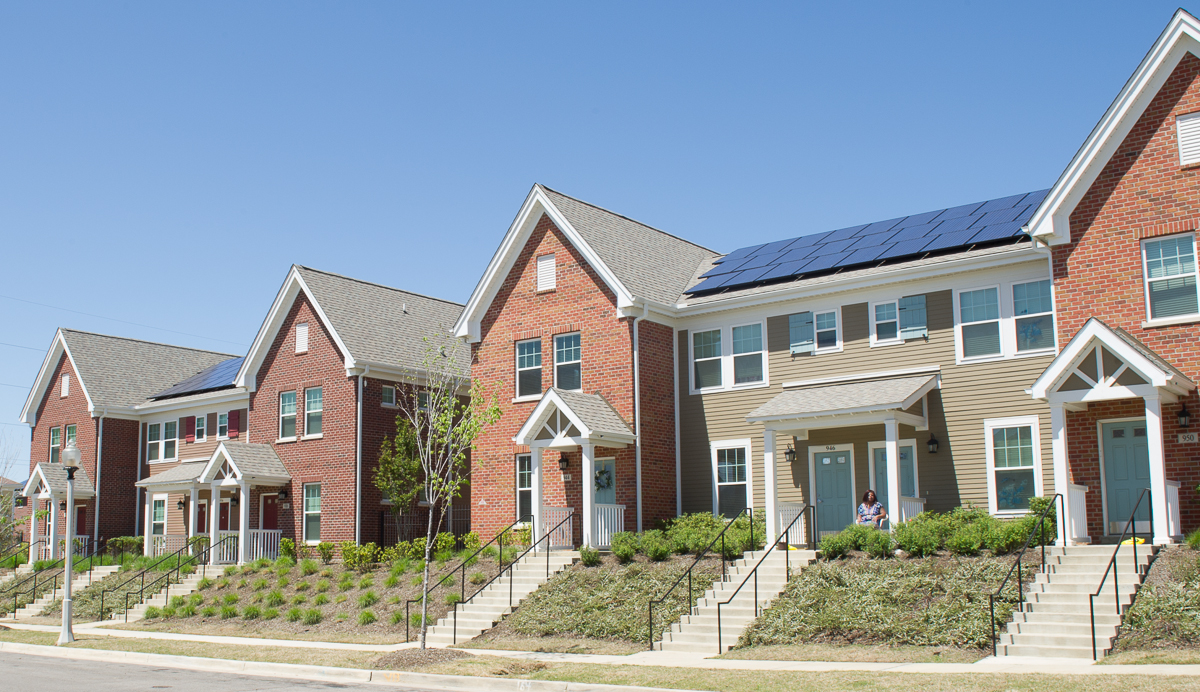Introduction: Embracing a Greener Future
In the wake of rapid urbanization and increasing environmental concerns, the quest for sustainable housing has emerged as a pivotal aspect of modern civilization. Sustainable housing goes beyond mere shelter; it embodies a commitment to reducing carbon footprints, conserving resources, and fostering healthier communities. At the heart of this movement lies a profound realization: our built environment can either exacerbate or alleviate environmental challenges. In this article, we delve into the multifaceted realm of sustainable housing, exploring its principles, benefits, and the innovative solutions driving its adoption.
Understanding Sustainable Housing: Principles and Practices
Defining Sustainability in Housing
Sustainable housing encompasses a holistic approach to residential development that prioritizes environmental, social, and economic considerations. At its core, it seeks to minimize adverse impacts on the environment while promoting energy efficiency, resource conservation, and social equity. From energy-efficient design to eco-friendly materials, every aspect of sustainable housing is meticulously crafted to minimize its ecological footprint.
Key Principles of Sustainable Housing
- Energy Efficiency: Sustainable homes integrate advanced technologies and design strategies to optimize energy usage. Features such as solar panels, passive heating, and efficient appliances contribute to reduced energy consumption and lower utility bills.
- Resource Conservation: Embracing the ethos of “reduce, reuse, recycle,” sustainable housing emphasizes the use of renewable materials, water-saving fixtures, and waste reduction strategies. By minimizing resource consumption and waste generation, these homes strive for long-term environmental stewardship.
- Healthy Indoor Environment: Indoor air quality plays a crucial role in occupant health and well-being. Sustainable homes prioritize ventilation, non-toxic materials, and indoor pollutant control measures to create healthier living spaces.
- Resilience and Adaptability: With climate change posing unprecedented challenges, sustainable housing designs prioritize resilience and adaptability. From flood-resistant construction to drought-tolerant landscaping, these homes are equipped to withstand environmental uncertainties.
Benefits of Sustainable Housing
Environmental Advantages
Sustainable housing offers a myriad of environmental benefits, including reduced greenhouse gas emissions, conservation of natural resources, and preservation of biodiversity. By minimizing energy consumption and waste generation, these homes contribute to mitigating climate change and safeguarding ecosystems.
Economic Savings
While the initial costs of sustainable housing may be higher, they yield substantial long-term savings. Energy-efficient features lead to lower utility bills, while durable construction materials reduce maintenance and replacement expenses. Moreover, the growing demand for sustainable homes enhances property value and marketability, ensuring a sound return on investment.
Health and Well-being
The health benefits of sustainable housing extend beyond environmental considerations. By prioritizing indoor air quality, natural lighting, and ergonomic design, these homes foster healthier living environments. Reduced exposure to toxins and allergens can alleviate respiratory ailments and enhance overall well-being.
Social Equity
Sustainable housing promotes social equity by ensuring access to safe, affordable, and dignified housing for all segments of society. From affordable housing initiatives to community-oriented design principles, these developments strive to address disparities in housing access and affordability.
Innovations Driving Sustainable Housing
Green Building Technologies
Advancements in green building technologies have revolutionized the landscape of sustainable housing. From modular construction to 3D printing, innovative methods are reshaping the way homes are designed, built, and operated. Smart home systems, IoT-enabled devices, and predictive analytics further enhance energy efficiency and user comfort.
Eco-Friendly Materials
The proliferation of eco-friendly materials offers a diverse palette for sustainable home construction. From reclaimed wood and recycled metal to bamboo flooring and low-VOC paints, these materials combine aesthetics with environmental responsibility. Bio-based insulation, green roofs, and permeable pavements exemplify the versatility and resilience of sustainable building materials.
Community-driven Initiatives
Community-driven initiatives play a pivotal role in advancing sustainable housing at the grassroots level. Collaborative housing models, such as cohousing and eco-villages, foster a sense of belonging and collective responsibility. By promoting shared resources, social interaction, and environmental stewardship, these communities embody the principles of sustainability in action.
Conclusion: Paving the Way Towards a Sustainable Future
In conclusion, sustainable housing represents a paradigm shift in the way we conceive, construct, and inhabit our built environment. By embracing principles of environmental stewardship, economic efficiency, and social equity, we can pave the way towards a more sustainable future. From energy-efficient design to community-driven initiatives, the journey towards sustainable housing is marked by innovation, collaboration, and a shared commitment to leaving a positive legacy for future generations.

